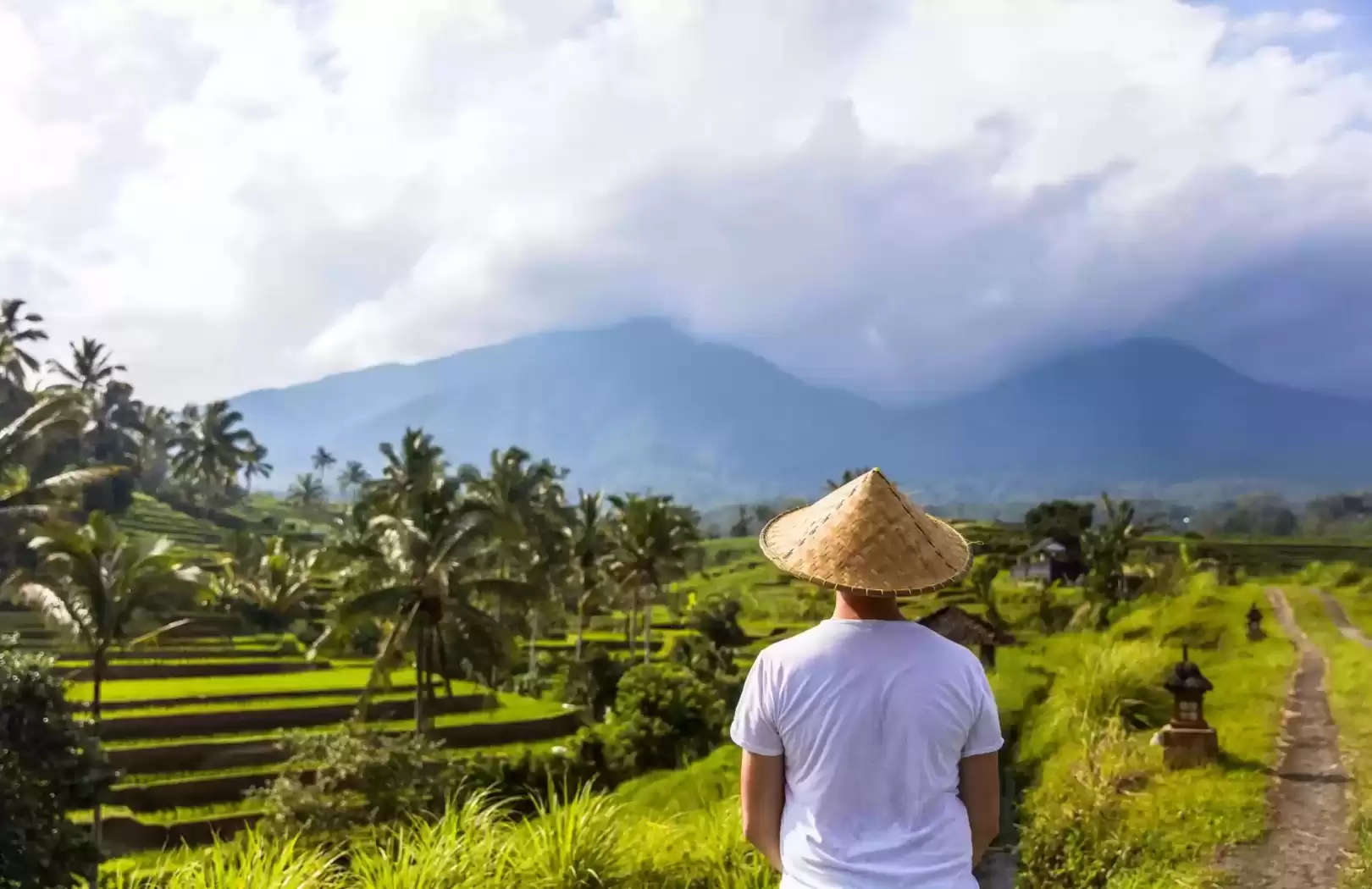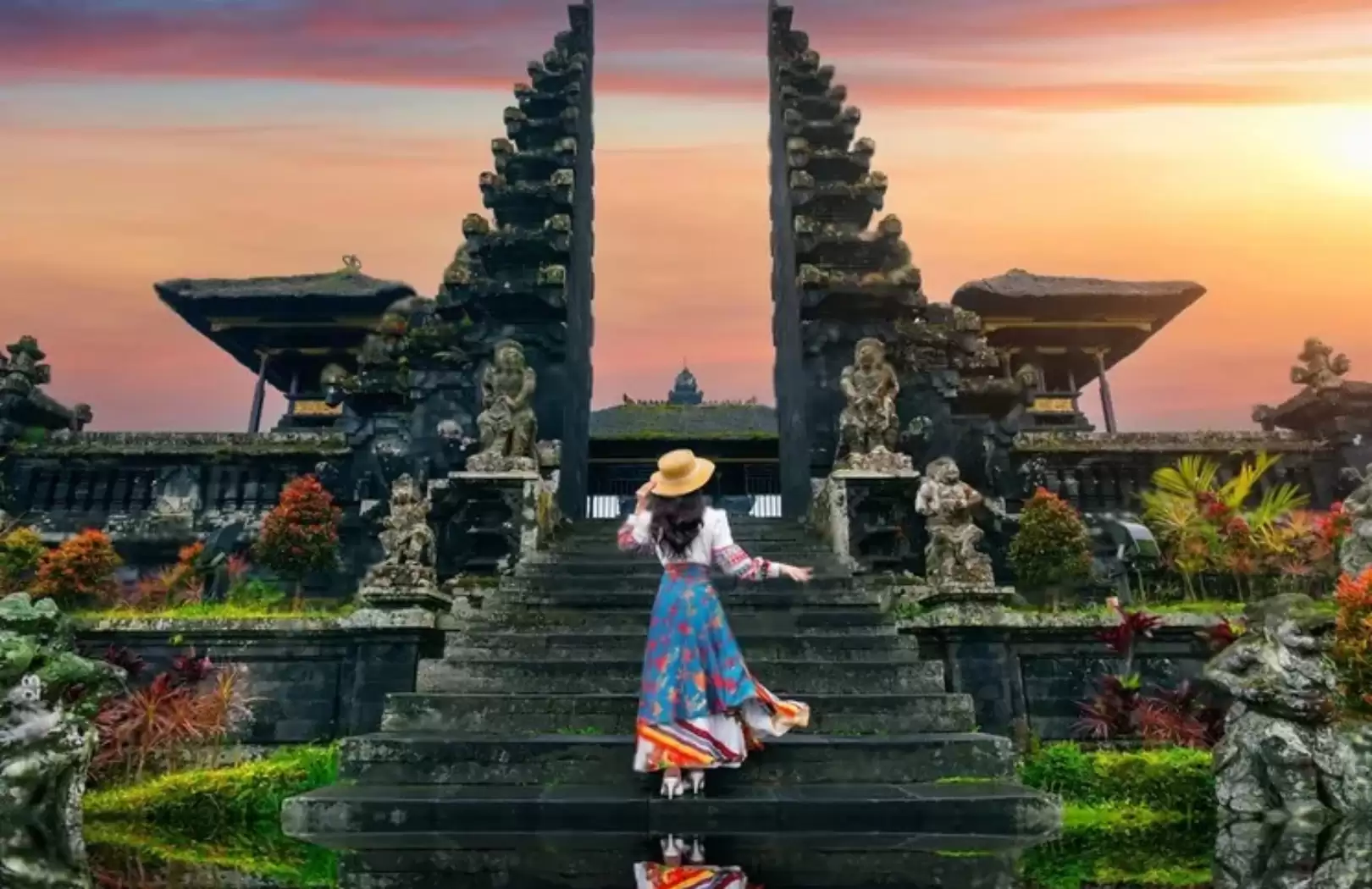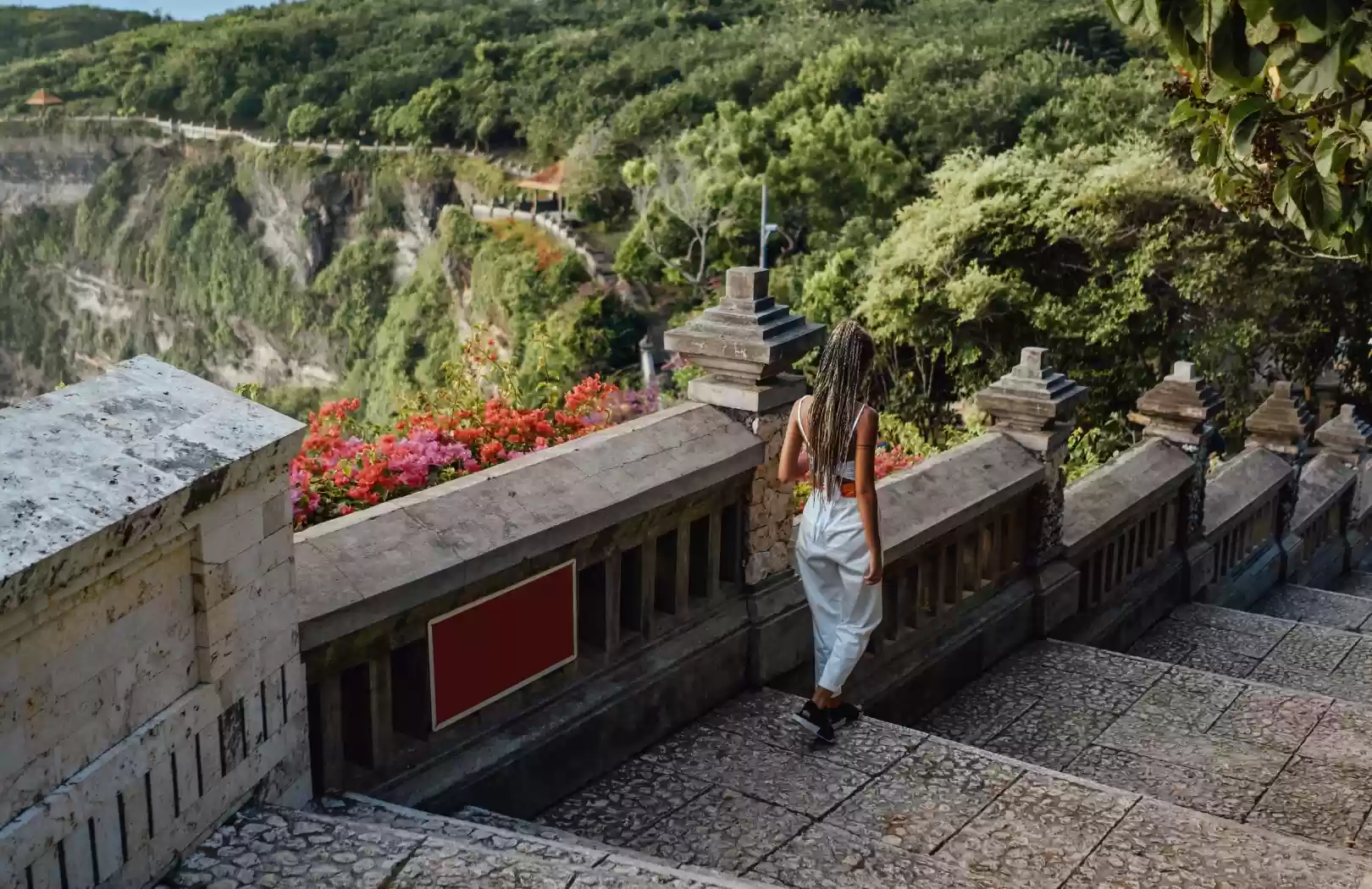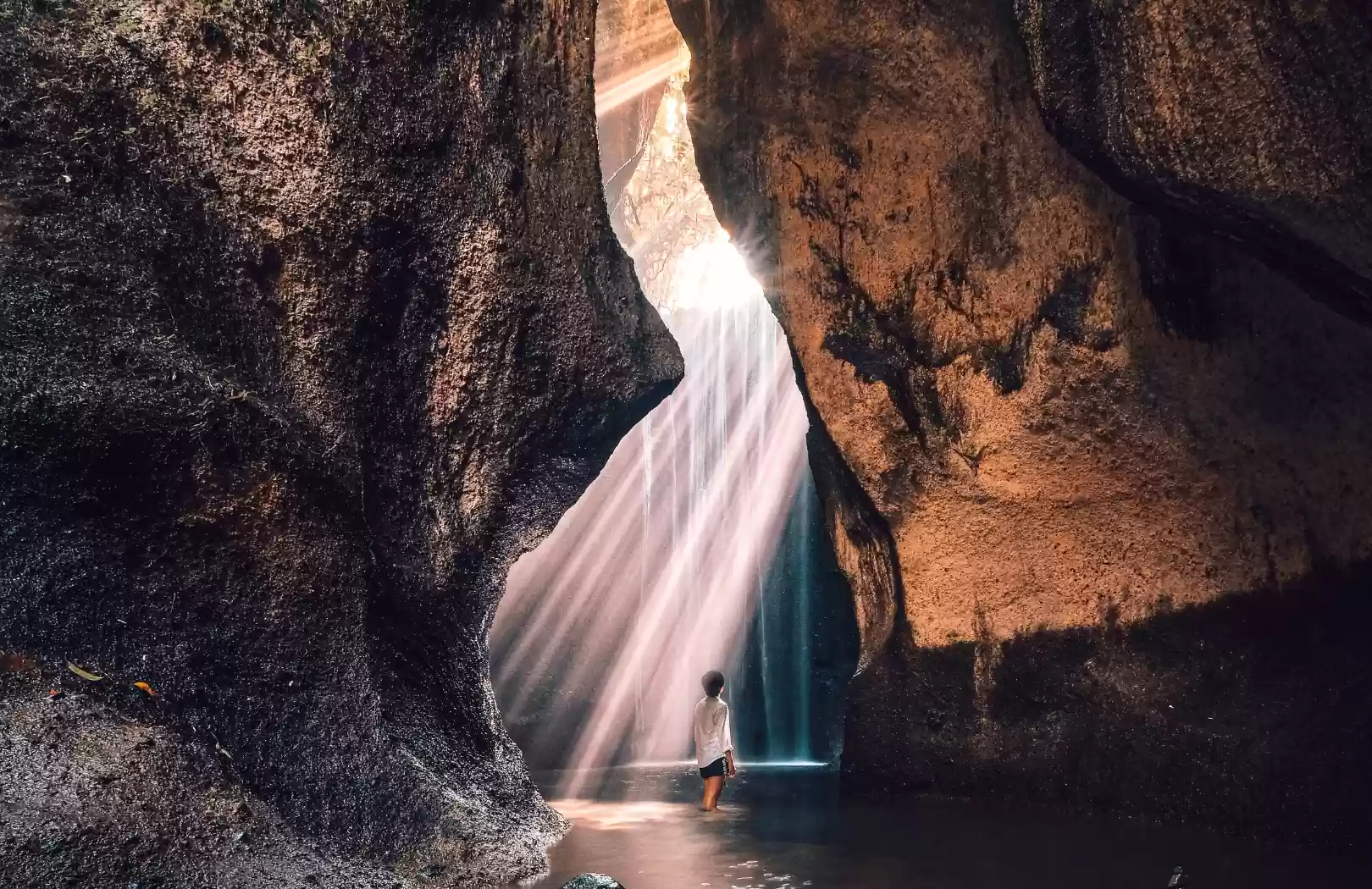Tirta Empul

Hidden in the lush hills of central Bali near the village of Tampaksiring, there lies a place where spirituality flows as abundantly as the water itself. Tirta Empul Temple is one of the island’s most revered holy sites — a sacred Balinese Hindu water temple that has drawn pilgrims for over a thousand years. Known for its purification rituals, natural spring, and unique combination of spiritual and architectural beauty, Tirta Empul is more than a tourist stop. It’s a doorway to the heart of Balinese culture and belief.
A Sacred History That Lives Through Time
The story of Tirta Empul dates back to 962 AD, during the rule of the Warmadewa dynasty. According to legend, the god Indra created the spring to revive his poisoned troops after a battle with the evil king Mayadenawa. When Indra struck the earth with his staff, holy water burst from the ground — this became Tirta Empul, which means "holy spring" in Balinese.
Since then, the spring has been believed to hold purifying powers, and for centuries Balinese Hindus have visited to cleanse their bodies and souls, following rituals passed down through generations. The temple is not just a monument of the past, but an active place of worship that beats in rhythm with Balinese daily life.
Temple Architecture and Spiritual Layout
Tirta Empul is a classic example of Balinese temple design, divided into three main sections:
- Jaba Pura (Outer Courtyard)
As you enter the temple grounds, you’ll first pass through carved gates into the outer courtyard, which often hosts offerings, ceremonies, or preparations for prayer. - Jaba Tengah (Central Courtyard)
This is the most iconic section — home to the purification pools. There are two long rectangular pools fed by 30 water spouts, each used for melukat, or spiritual cleansing. Worshippers queue to submerge themselves under each spout, moving from one to the next in silent reverence. - Jeroan (Inner Courtyard)
Reserved for prayer and meditation, this area is quieter and deeper into the complex. Here, locals make offerings to the gods, and visitors can feel the peaceful energy that defines the temple.
The architecture is a blend of red brick and stone, adorned with traditional Balinese carvings, guardian statues, and floral decorations — all carefully maintained as part of sacred duty.
The Purification Ritual: Bathing in Holy Waters
Participating in the cleansing ritual is one of the most profound experiences you can have in Bali. Visitors, regardless of religion, are welcome to join — as long as respect and proper dress codes are observed.
You’ll change into a traditional sarong, available for rent or free at the temple. Before entering the pool, it’s customary to make a small offering and say a prayer.
The process involves moving from left to right, bowing your head under each fountain to wash away negative energy, illness, or spiritual burden. It’s said that each spout carries different blessings — from health and clarity to protection and love.
While the ritual can be emotional and even transformative, it’s also deeply peaceful. Many visitors report a sense of renewal and inner calm after completing the full sequence.
Cultural Etiquette: What Visitors Should Know
Because Tirta Empul is a working temple, not just a tourist attraction, it’s important to observe certain rules:
- Wear a sarong and sash, which can be rented on site.
- Do not enter the inner sanctum (jeroan) unless invited.
- Women on their period are respectfully asked not to enter temple grounds.
- Photography is allowed in most areas, but please be discreet during ceremonies or when others are praying.
- Keep voices low and behave respectfully.
By following these guidelines, visitors can have a meaningful experience while showing respect to local customs and beliefs.
Presidential Villa: A Glimpse into Modern History
Just above Tirta Empul sits the Istana Tampaksiring, a presidential palace built in the 1950s for Indonesia’s first president, Sukarno. Though not always open to the public, the palace adds an interesting historical layer — it offers panoramic views of the temple below and is sometimes used for official state events.
This juxtaposition of ancient spiritual tradition and modern political history makes Tirta Empul even more intriguing.
Best Time to Visit Tirta Empul
The temple is open daily from 8:00 AM to 6:00 PM. Early morning is the best time to avoid crowds and experience the site with more tranquility. If you’re interested in local culture, time your visit during Odalan, the temple’s anniversary festival based on the Balinese calendar. On this day, the temple is alive with music, offerings, dances, and a stream of white-clad devotees.
Weekdays are less busy than weekends, and visiting on a sunny morning enhances the clarity of the pools and the serenity of the surrounding jungle.
Nearby Attractions You Can Combine with Tirta Empul
Tirta Empul is located in Tampaksiring, making it easy to pair with other nearby destinations:
- Gunung Kawi Temple – An ancient temple complex with rock-cut shrines nestled in a lush river valley.
- Tegalalang Rice Terrace – One of Bali’s most iconic natural landscapes.
- Kintamani – The highland village with panoramic views of Mount Batur and Lake Batur.
- Coffee Plantations – Perfect for a tasting tour of Bali’s famous Luwak coffee.
These additions make for a perfect day tour, especially when done with a private guide who can share hidden stories and customize your route.
Why Visit with Oyi Luxury Trans
At Oyi Luxury Trans, we believe spiritual destinations deserve thoughtful travel. When you book a private tour to Tirta Empul with us, you get more than transportation:
- Personalized pick-up and drop-off from your hotel
- Private, air-conditioned vehicle
- Bottled water and cold towels
- Optional add-ons like a purification guide, lunch with a view, or combined visits to nearby temples
- A flexible schedule so you can spend more time where your heart feels drawn
Our goal is to create journeys that are personal, respectful, and unforgettable — just like the soul of Bali itself.
A Place of Healing and Connection
Tirta Empul is more than a temple — it’s a symbol of healing, hope, and human connection. Whether you come for a spiritual ritual, cultural curiosity, or quiet reflection, this holy spring welcomes you.
Many visitors leave with a sense of emotional clarity, inner peace, or simply a deeper respect for Balinese culture. In a world that moves too fast, Tirta Empul reminds us to pause, purify, and be present.
Final Thoughts: Let the Waters Flow Within
There’s a reason Tirta Empul remains one of Bali’s most visited temples. It touches people — not just physically with water, but spiritually with its energy. In every drop that falls from the sacred springs, there’s a whisper of ancient wisdom and renewal.
Whether you come alone, with a partner, or as part of a spiritual journey, Tirta Empul offers more than memories — it offers transformation.
Let Oyi Luxury Trans guide you on this journey with care and authenticity. Book your Tirta Empul tour today, and discover the heart of Bali — pure, sacred, and timeless.








